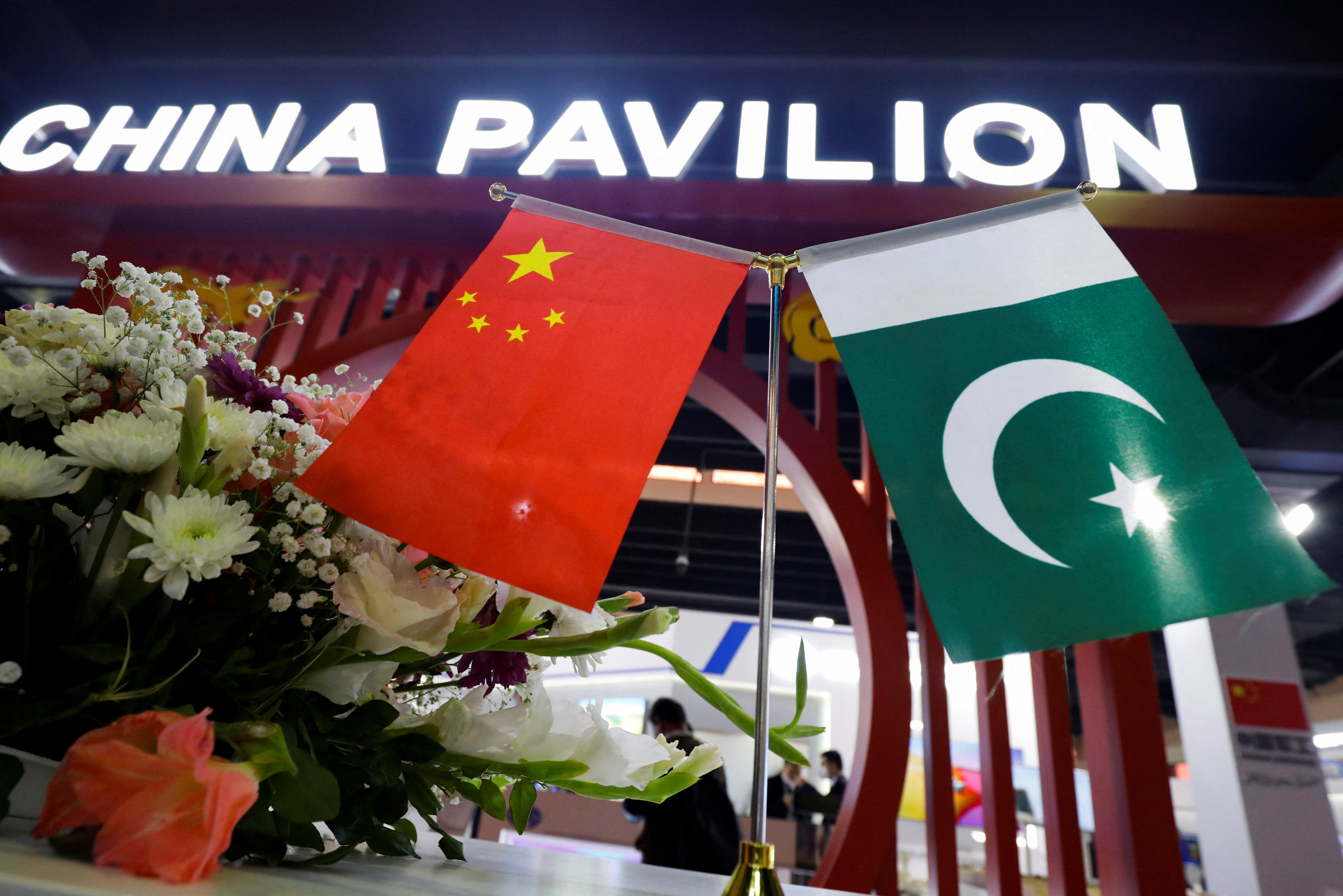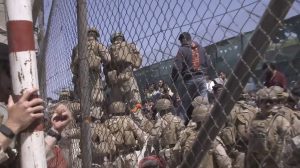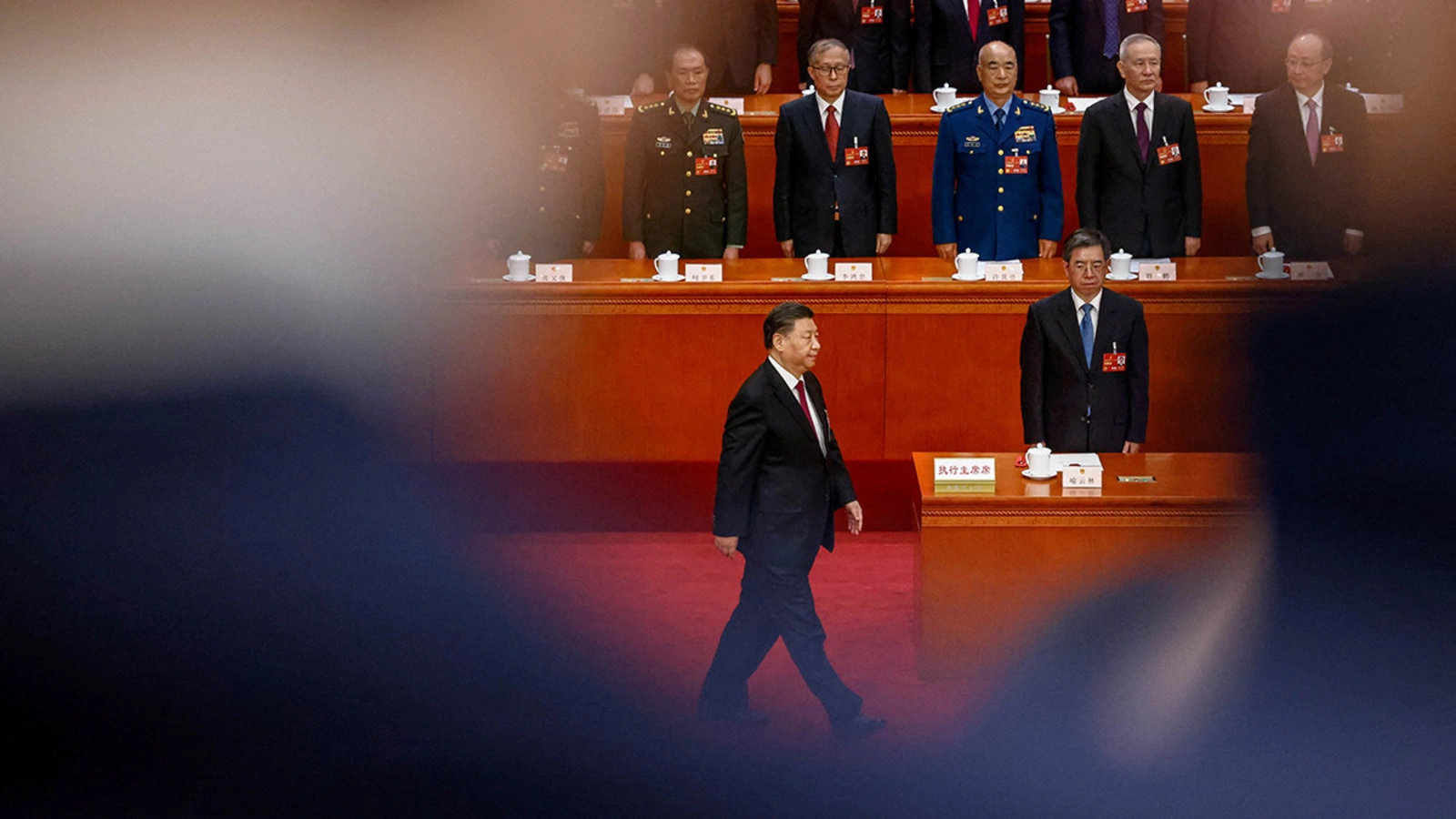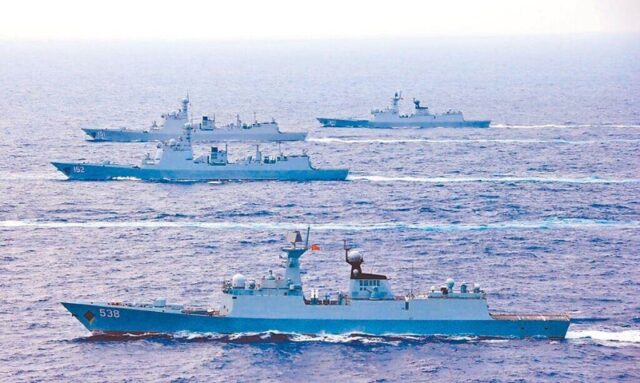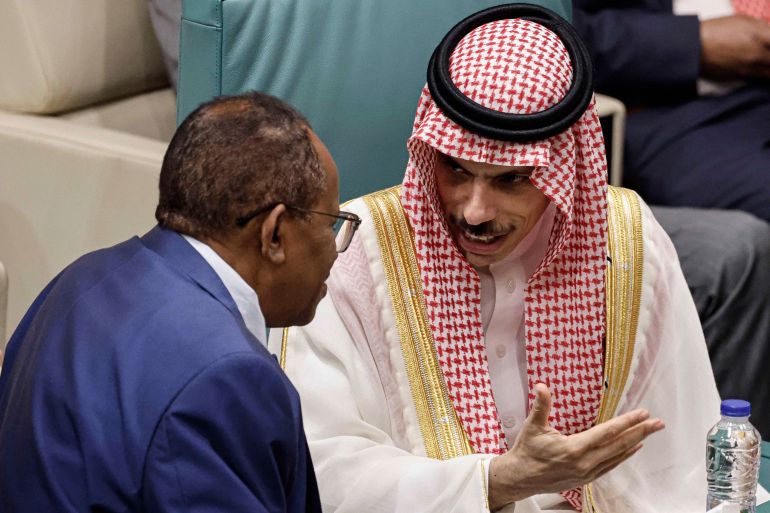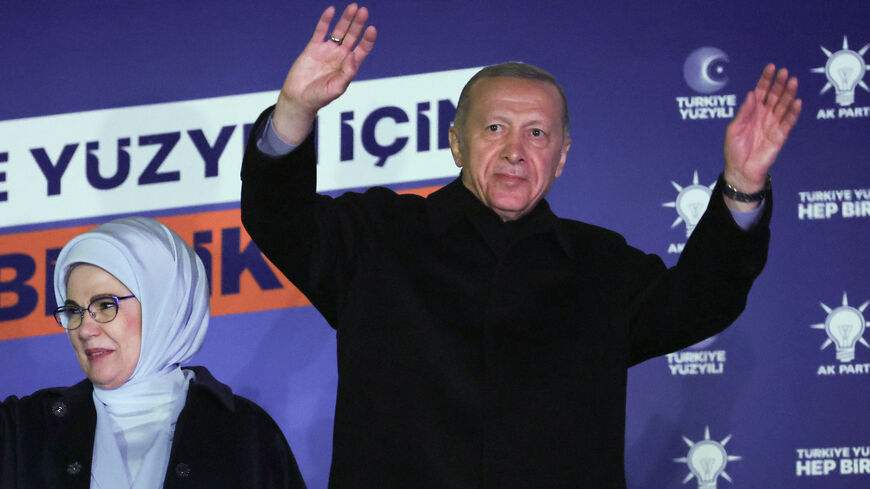Introduction
Even as the world has entered the Information Age, many of the formal structures and processes of international politics remain embedded in their Industrial Age origins. This chapter begins with conceptualising the ideas of power and legitimacy for the new Age. It then explores how nation-states and other actors are employing them to promote their interests and how this might shape the politics of the coming decades. Finally, it discusses the relative strengths and weaknesses of liberal democracies and authoritarian states in the Information Age.
In any discussion on geopolitics today, the phrase A Changing World Order almost certainly finds a mention. The narrative arc of the phrase goes something like this: the liberal democratic world order led by the US is facing serious challenges not just from China but also a host of other state and non-state actors. As a result, the narrative predicts, international politics will change dramatically over the next couple of decades.
The discussion about alterations in power and legitimacy is ensconced in this larger conversation about the changing world order. This linkage is not new; every significant global reordering brings forth a fresh discussion on the distribution of power and the nature of just arrangements (legitimacy), as these are two fundamental ingredients of any world order[1]. Several chapters in this book contribute to this debate, primarily focusing on specific nation-states as their unit of analysis. This chapter takes one step back and locates the changing meanings of power and legitimacy in the context of the Information Age.
The Information Age is defined as the period beginning in the last quarter of the 20th century marked by the increased production, transmission, consumption of, and reliance on information[2]. The impact of this Age on human minds, relationships, and communities is a primary area of research in many fields of the arts and sciences today. While this Age began with the euphoria that the increased production, transmission, and consumption of information will make the world more peaceful by 'connecting' people across geographic and sociological boundaries, recent assessments are far more sobering. Several studies have highlighted that certain forms of digital media take advantage of our cognitive vulnerabilities by creating urgency, encouraging constant seeking, recommending sensational content, and isolating us in bubbles[3]. Like other fields, the Information Age calls for a reassessment of the formal structures and processes of international politics, which are embedded in their Industrial Age origins. In fact, terms such as power and legitimacy, which underlie much of the international politics conversations, need to be reconceptualised in the context of the new Age.
